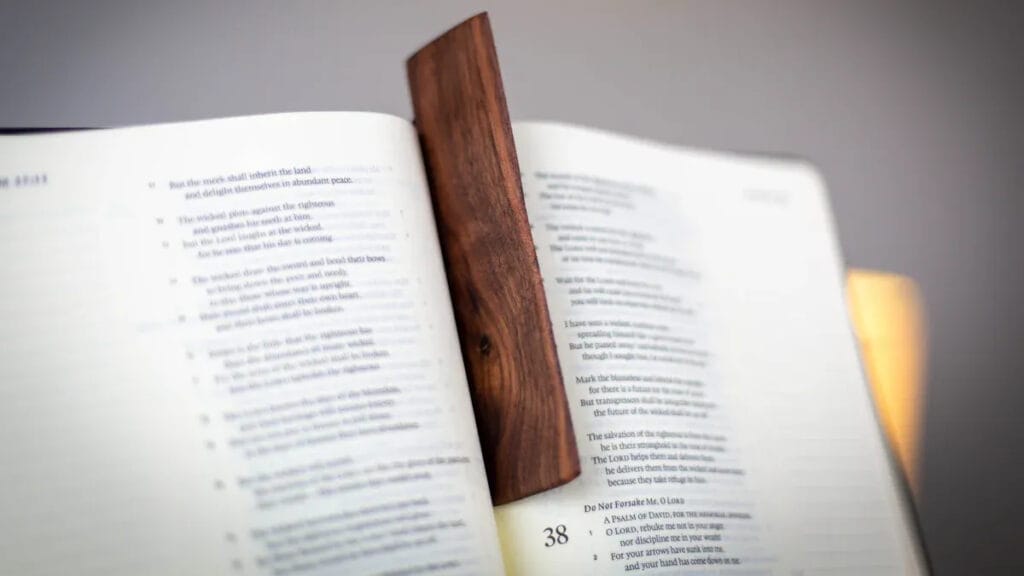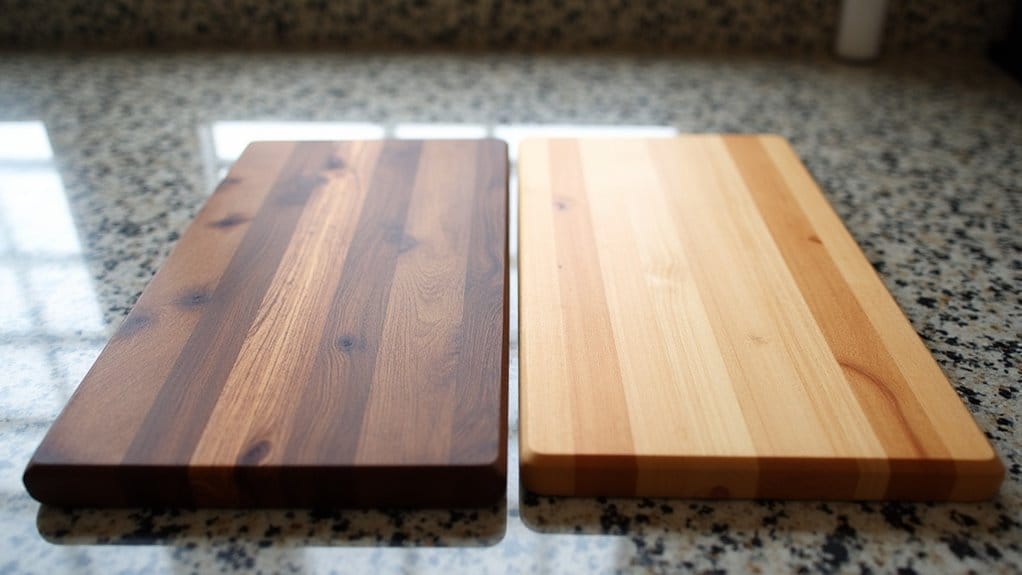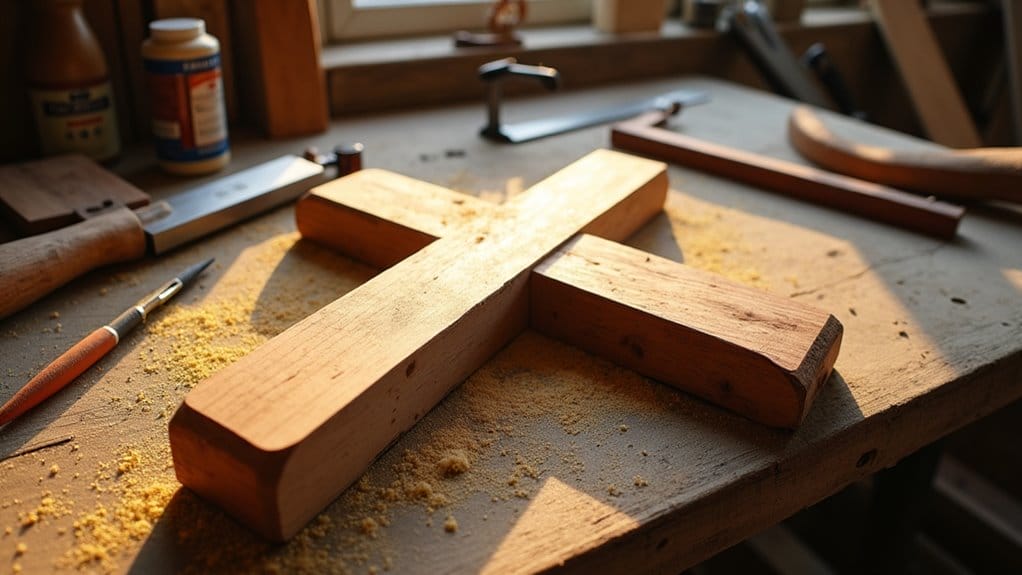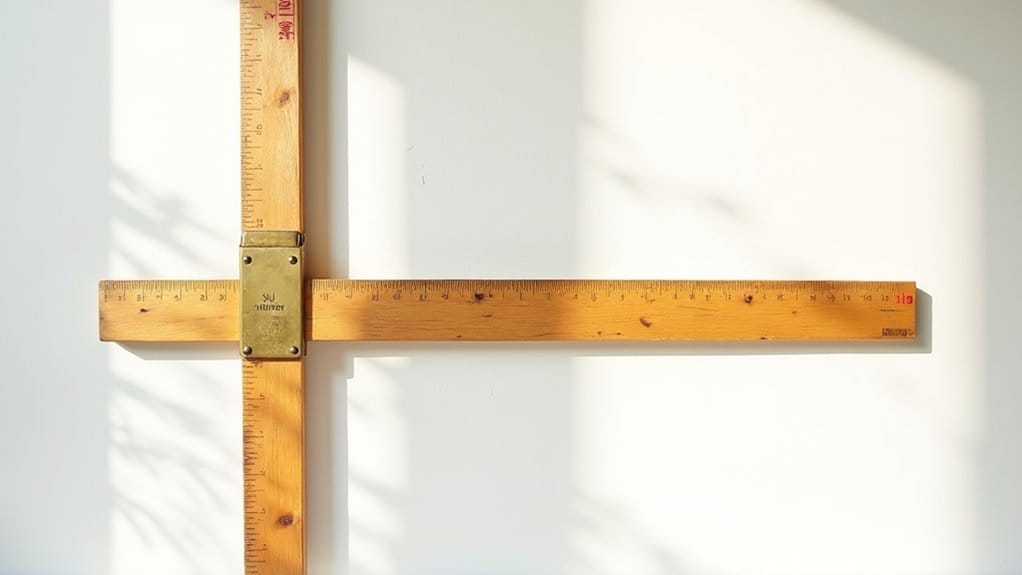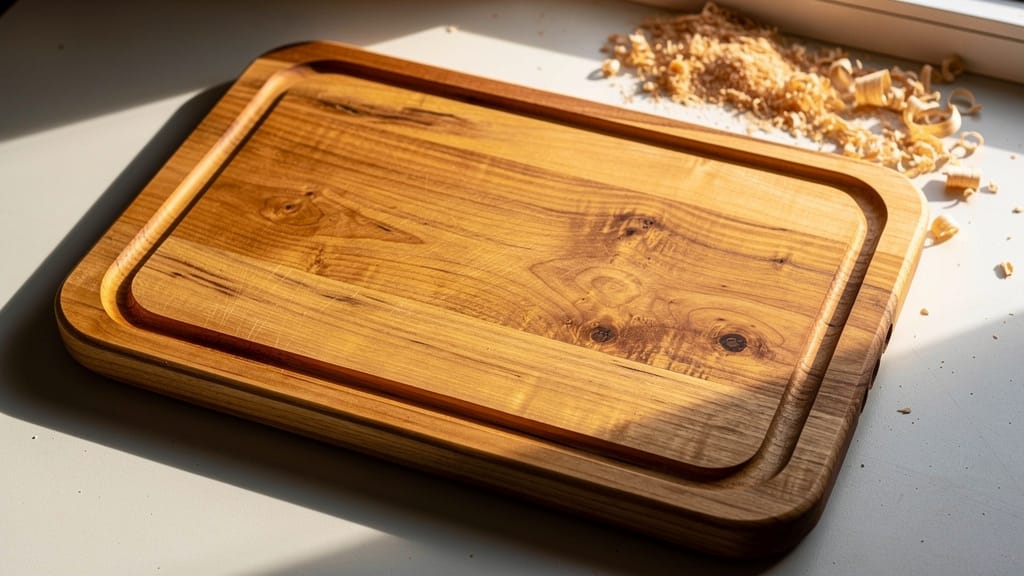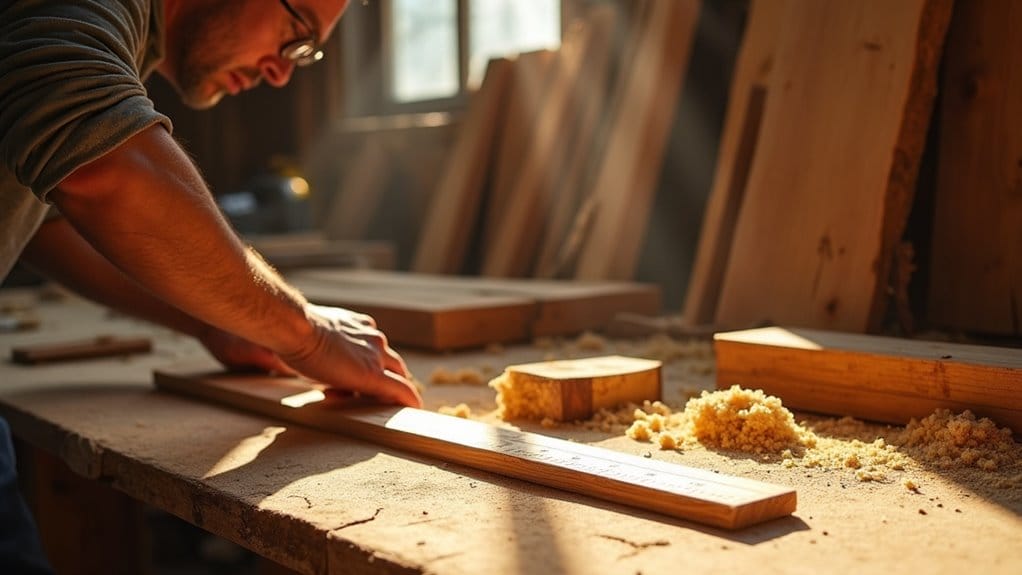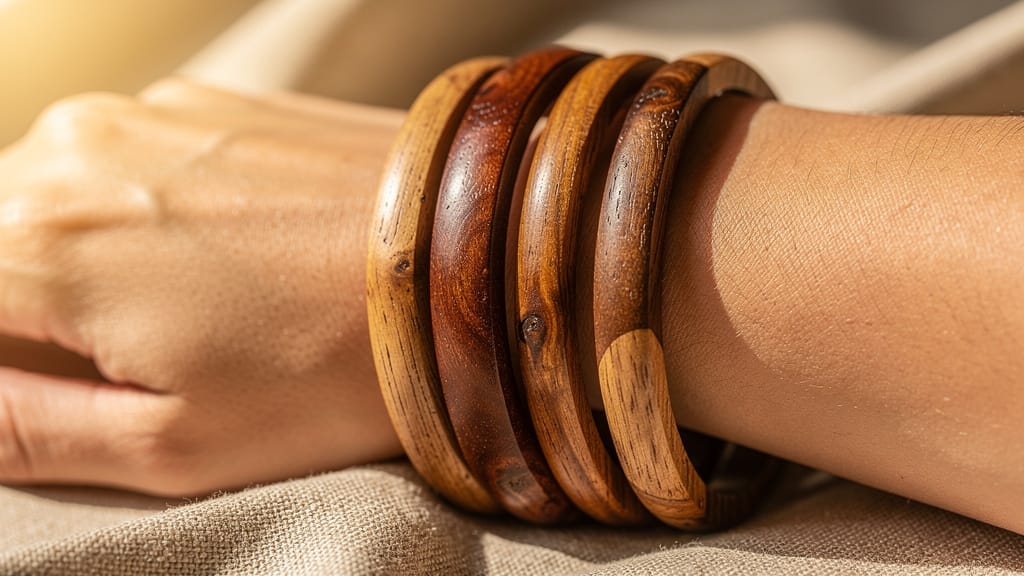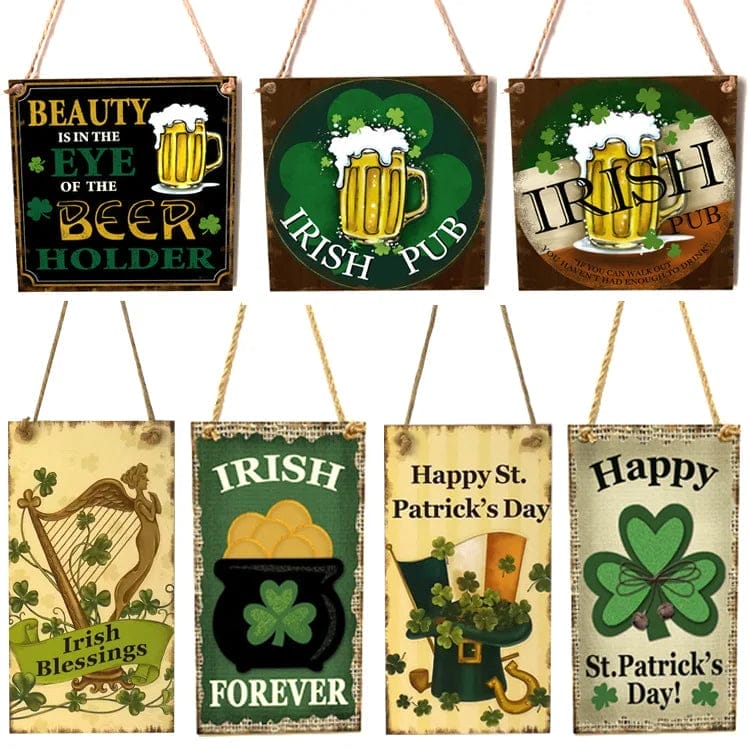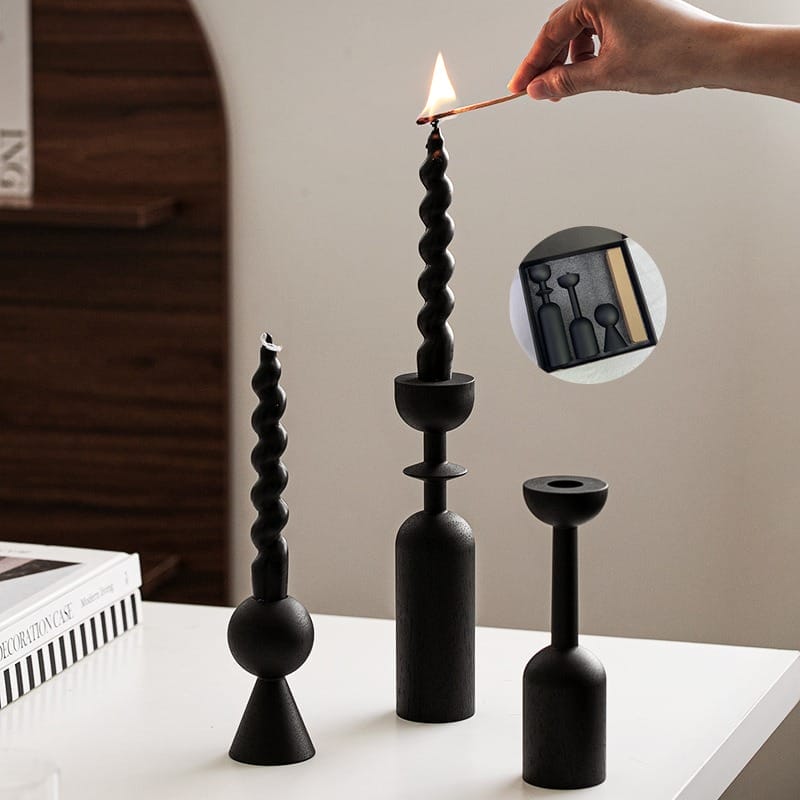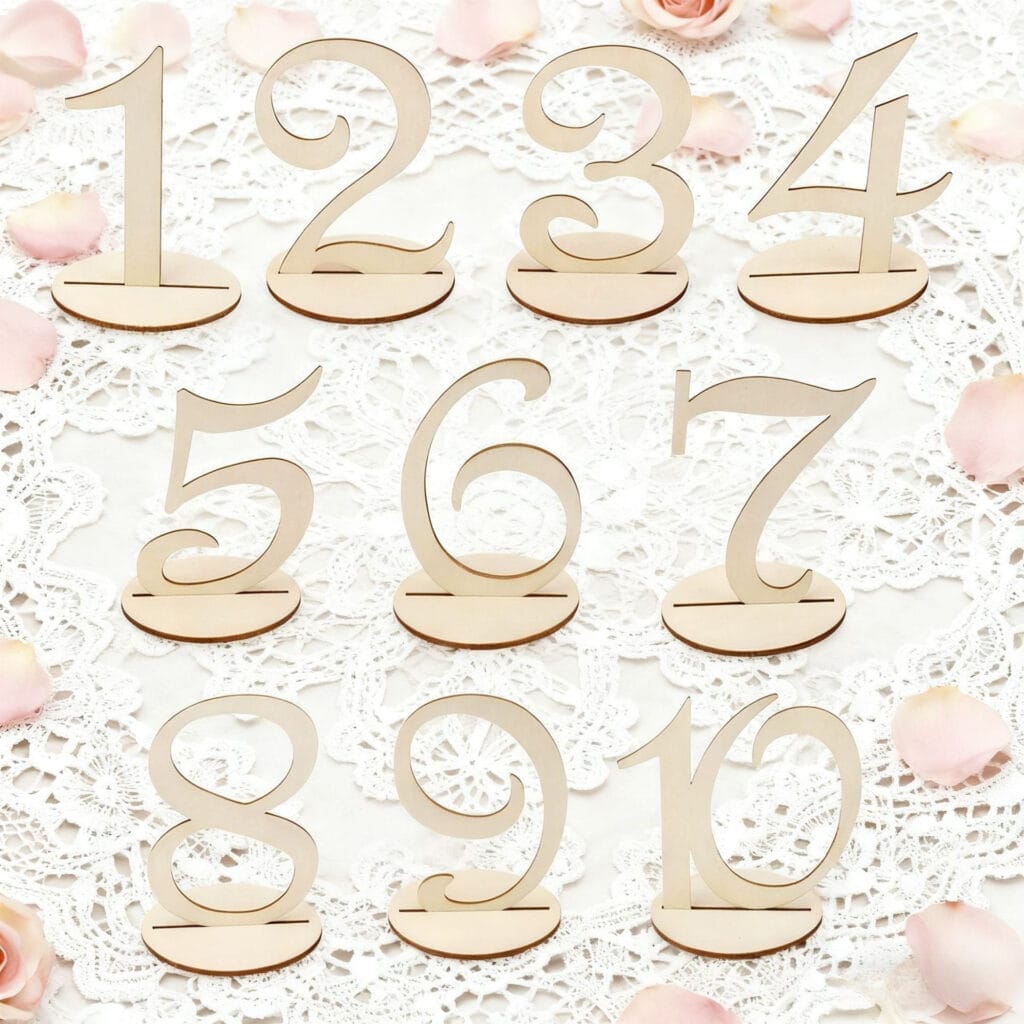As a manufacturer specializing in wooden crafts, we take pride in our precise and efficient production process for solid wood cutting boards. From selecting premium hardwoods to using advanced woodworking techniques, every step is carefully controlled to ensure durability, functionality, and a refined finish.
Our skilled team combines traditional craftsmanship with modern equipment to produce cutting boards that meet professional standards and customer specifications.
This guide will provide an inside look at how we transform raw materials into high-quality cutting boards, highlighting the key stages of our manufacturing process.
Key Takeaways
- We prioritize durable, food-safe hardwoods. We’ll select straight-grained, properly dried wood to ensure stability and longevity.
- Our production combines traditional craftsmanship with modern tools for a smooth, professional finish.
- Food-grade mineral oil or a mineral oil-beeswax blend is applied repeatedly to protect the board.
- Strict quality control involves precise measurements, defect inspection, verification of moisture content, and detailed surface examination.
Wood Species Selection in Our Production Process

Choosing the right wood species is a crucial step that directly impacts the product’s durability and safety. We prioritize durable hardwoods to ensure both functionality and aesthetic appeal. We strictly avoid any toxic wood species to guarantee food safety.
Additionally, we consider factors such as cost efficiency to optimize production without compromising quality.
To ensure long-term stability, we use only straight-grained, properly dried hardwoods. This will minimize the effects of seasonal wood movement and enhance the board’s lifespan.
Best Hardwoods for Durability
The foundation of a great cutting board lies in selecting the right hardwood species.
Hard maple has exceptional durability. It resists scratches and stains while providing a sturdy cutting surface.
Walnut offers similar strength with the bonus of rich, dark tones that hide wear.
Cherry‘s natural darkening process creates a beautiful patina while remaining gentle on your knives.
For moisture resistance, teak‘s high oil content makes it nearly impervious to warping.
Bamboo is not technically a hardwood. But its density and natural antibacterial properties make it an excellent, sustainable choice for long-lasting cutting boards.
Grain Pattern and Beauty
Visual appeal also plays an essential role in selecting wood for a cutting board. Each species offers distinct characteristics.
When choosing hardwoods, you’ll find walnut delivers deep, rich tones that create striking aesthetics. Maple provides a lighter, cleaner appearance with uniform patterns.
End grain construction not only enhances durability but also showcases the wood’s natural beauty by displaying intricate growth rings.
Consider mixing wood species to create stunning contrasts. You can choose to pair dark walnut with light maple for eye-catching designs while maintaining the board’s functionality.
Remember that beautiful grain patterns shouldn’t compromise the cutting board’s performance. Select woods that strike a balance between aesthetics and durability.
Toxicity and Food Safety
Selecting a safe wood species is the most crucial decision when we craft a cutting board.
Select hardwood species such as maple, walnut, or cherry for their durability and resistance to bacterial growth.
Avoid toxic woods such as cedar and pine, which release harmful VOCs during processing.
For enhanced moisture resistance, consider teak, which contains beneficial natural oils.
Bamboo offers another excellent option if it’s sustainably sourced.
Seasonal Wood Movement Impact
Seasonal wood movement will significantly impact the longevity of a cutting board. Select hardwoods with minimal expansion and contraction rates to guarantee stability throughout the year.
| Wood Species | Movement Rating |
|---|---|
| Maple | Low |
| Cherry | Low |
| Walnut | Medium |
| Hickory | Medium |
| Teak | Very Low |
Consider grain orientation when selecting the wood. Quarter-sawn boards offer better stability than flat-sawn options. Dense species like walnut and hickory resist warping, while teak’s natural oils help control moisture absorption.
Regular oil treatment becomes essential for species without natural finishing considerations. It helps maintain the board’s integrity against seasonal changes.
Our Tools and Materials for Cutting Board Production

Producing high-quality cutting boards starts with selecting the right materials and equipment. We use carefully chosen hardwoods, each at least 1.5 inches thick to ensure strength and stability.
Our workshop is equipped with essential tools, including table saws, thickness planers, jointers, drills with Forstner bits, and random orbit sanders for precise shaping and smooth finishing.
Safety is a priority; our team always uses eye and ear protection during production. For assembly, we rely on strong clamps and high-quality wood glue to ensure durable bonds. To finish the boards, we apply food-grade mineral oil or a blend of mineral oil and beeswax. It provides effective protection while maintaining food safety standards.
Design and Dimension Planning in Our Production
Once the materials and tools are prepared, we carefully plan the design and dimensions of each board to meet practical and aesthetic needs. Typically, our boards measure between 12 and 18 inches in length and 8 and 12 inches in width. This dimension provides ample workspace for various kitchen tasks.
For a balanced and visually appealing product, we often apply principles like the Golden Ratio, such as a 13:8-inch layout. The thickness is maintained at a minimum of 1 inch to ensure stability during use.
We use a router to cut precise handle holes and add a subtle chamfer to the edges for improved grip and safety.
We offer various shapes tailored to customer needs: rectangular boards for versatile use and round boards that serve as elegant presentation pieces. Practical features such as handle holes and rounded edges are incorporated for improved safety and convenience.
These design considerations are integral to delivering cutting boards that combine functionality with refined craftsmanship.
How to Make a Solid Wood Cutting Board in Our Factory

The construction of your cutting board starts with selecting premium hardwoods and carefully flattening them using our industrial planers and jointers.
You’ll see our craftsmen expertly glue and clamp multiple boards together before meticulously sanding the surfaces through progressive grits until they’re silky smooth.
We complete each board with several applications of food-grade mineral oil and conduct thorough quality inspections to guarantee your cutting board meets our rigorous standards.
Wood Selection and Prep
We choose hardy species such as maple, walnut, and cherry that can endure daily use and resist knife marks effectively.
To begin, we cut the wood wider than the jointer to allow for creating multiple grain cutting boards with optimal grain orientation. Precise crosscuts are made using a miter saw, ensuring square ends for perfect alignment later.
Any scrap wood generated during cutting is carefully recycled or used to create test pieces, minimizing waste.
After rough cutting, each board is flattened using a plane, working with the grain to prevent tear-out and ensure a smooth surface.
After rough cutting, each board is flattened using a plane, working with the grain to prevent tear-out and ensure a smooth surface.
Next, one edge is jointed to create a straight reference, followed by ripping the opposite side parallel to it. The ends are squared precisely to ensure perfect alignment during assembly.
Finally, all surfaces are sanded progressively from 150 to 220 grit, with the grain raised between sanding stages to achieve a smooth, professional finish.
Gluing Boards Together
We evenly apply a high-quality wood glue, such as Titebond or polyurethane glue, along each board’s edge. Full coverage is essential to create a strong, lasting bond.
Clamps are strategically positioned and tightened to hold the boards firmly in place while maintaining proper alignment. We allow slight movement to ensure even glue distribution without excess glue squeeze-out.
The glued assembly is left to cure for 24 hours under controlled conditions before proceeding to sanding and finishing, ensuring optimal strength and durability.
Sanding and Smoothing Surfaces
After the glued boards have fully cured, we begin sanding to refine the cutting board’s surface. We use a random orbital sander equipped with 150-grit sandpaper to remove surface imperfections. Then, switch to 220-grit to smooth out remaining scratches.
For detailed areas such as holes and edges, we use sandpaper wrapped around a dowel or a spindle sander to maintain precision. Consistent sanding motions are maintained throughout to avoid ruts or spiral marks.
As a final step, we lightly dampen the wood grain with a cloth, allow it to dry, and then perform a final sanding with 220-grit paper. This process ensures an exceptionally smooth surface that enhances both the look and feel of the finished cutting board.
Applying Food-Safe Finish
To protect the board and enhance its durability, we generously apply food-grade mineral oil over the sanded surface. This creates a water-resistant barrier that helps prevent warping and extends the board’s lifespan.
The oil is allowed to soak in for several minutes before excess is wiped off to ensure an even coating. This application process is repeated multiple times to achieve deep penetration and full protection.
For enhanced moisture resistance and a polished finish, we often use a blend of mineral oil and beeswax. This combination forms a superior protective layer while adding a subtle sheen to the board.
All finishes used are food-safe, and we recommend regular reapplication every few weeks to maintain optimal protection.
Quality Control Inspection
Our quality control process starts with precise measurement of each cutting board’s dimensions. Length and width must be within ±1/16 inch, and thickness exactly 1.25 inches to ensure consistency.
We carefully inspect the board for any defects, such as cracks, knots, or irregular grain patterns, that might affect its strength and durability.
Moisture content is checked using a digital meter, maintaining a range of 6-8% to ensure optimal stability and prevent warping.
Every cut, edge, and hole is examined under magnification to confirm a smooth, uniform finish without imperfections.
This thorough inspection guarantees that every cutting board we produce meets professional standards for both performance and appearance.
Finishing and Maintenance Tips

To ensure the longevity and performance of your cutting boards, we recommend following a consistent maintenance routine.
- Reapply food-grade mineral oil every few weeks, or use a mineral oil and beeswax blend for stronger moisture resistance and added sheen.
- Clean the board after each use with mild soap and warm water. Avoid soaking or submerging the board.
- If the surface becomes rough or develops deep scratches, restore it by sanding lightly with 220-grit sandpaper.
- Store cutting boards in a cool, dry place away from direct sunlight to prevent warping and discoloration.
- Avoid using dishwashers or immersing the board in water. Excessive moisture can damage the wood and reduce its lifespan.
Following these steps helps maintain both the appearance and functionality of your cutting boards over time.
Final Words
Producing high-quality cutting boards is both a practical and fulfilling process. Focus on selecting premium hardwoods, carefully applying glue and clamps, and dedicating sufficient time to thorough sanding.
Maintain the board’s appearance and durability by regularly applying mineral oil and storing it correctly when not in use. With attentive care, your crafted cutting boards will provide reliable service and lasting value for years.
We provide a broad selection of wooden cutting boards, available for bulk purchase and custom orders. Reach out to us for further details.
FAQs
What Is the Best Wood to Make a Cutting Board With?
Maple is your best choice for cutting boards. This is due to its tight grain and natural antibacterial properties. Walnut and cherry are also excellent alternatives. They offer durability and beautiful aesthetics for your kitchen.
How to Make Wood Safe for a Cutting Board?
Use untreated hardwood, sand it completely smooth, and finish with food-grade mineral oil or beeswax. Regular maintenance with oil helps keep your board safe and prevents bacteria from growing in its cracks.








